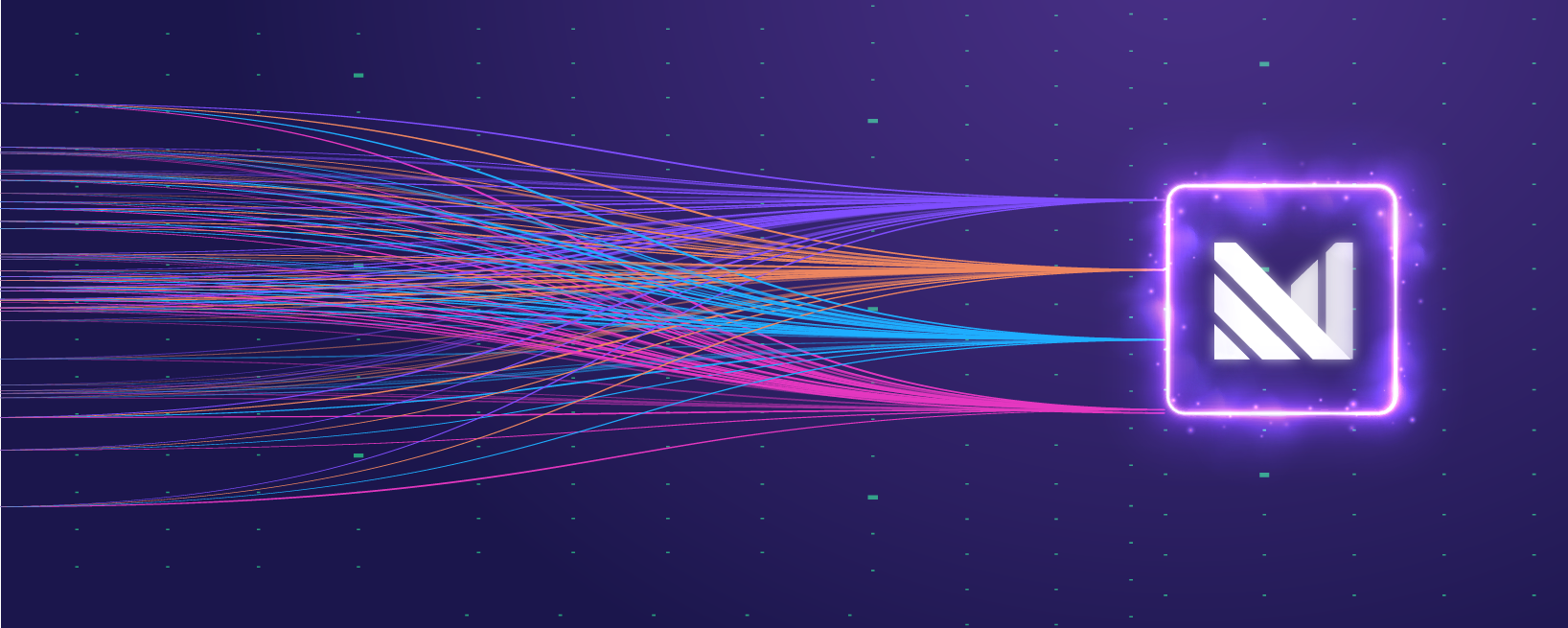A real-time analytics database is designed to efficiently handle the continuous ingestion of streaming data and deliver low-latency query responses based on the latest information. By instantly processing incoming data, this type of database offers up-to-the-second insights, empowering organizations to turn real-time data into actions that power their business.
Use cases for real-time analytics databases
Real-time analytics databases benefit any analytics use case that demands extremely fresh data. For example, a credit card company can use a real-time analytics database to generate alerts when suspicious behavior is detected. The low latency response ensures that these alerts are triggered immediately to swiftly activate corrective actions.
Similarly, a social media network can use a real-time analytics database to detect and flag potential misinformation for moderators and enable automated responses.
Moreover, a business intelligence (BI) dashboard connected to a real-time analytics database can dynamically update as new data arrives. This approach provides insights into all available data, not just information processed in scheduled batches. This real-time updating allows the business to respond rapidly to emerging developments.
So, a real-time analytics database boasts a wide range of potential uses. But why do these use cases require a dedicated system? Why not simply use an existing database or data warehouse with more frequent data updates?
The limitations of using conventional data warehouses for real-time data
A conventional data warehouse brings together data from diverse sources into a centralized repository, making it available for organizations to derive powerful analytical insights on historical data. While it’s designed for long term storage and exploratory analysis, making a conventional data warehouse work on constantly updating operational data is complex and cost-prohibitive.
Conventional data warehouses are designed to accommodate a variety of ad-hoc queries, enabling exploratory analysis, and feed a large number of dashboards and reports. Consequently, conventional data warehouses are optimized for static data, so that even as the SQL queries or views change, they are analyzing the same inputs.
This optimization fundamentally relies on a batch query mode. The system retrieves data from storage in a large batch, executes computations in a query, and caches the result for subsequent use. If the underlying data changes, updating the analysis involves pulling the entire batch again. This process is extremely inefficient and time consuming, resulting in a significant lag time and outdated insights.
This approach can lead to serious bottlenecks when companies push their existing systems beyond their intended use. A real-time analytics database is specifically designed to avoid these bottlenecks. To do so, the database must be able to handle certain requirements.
What a real-time analytics database needs to deliver
To tackle the challenges faced by traditional data warehouses, a real-time analytics database must meet specific requirements:
Ability to ingest fast moving data streams
Data streaming forms the foundation of a real-time system. Incoming data must be seamlessly ingested into the system as it arrives and instantly made accessible. Users cannot afford to wait hours for batch updates to the data.
Low latency response
Low latency response is the other end of the data streaming paradigm. If new data is ingested quickly, but it takes hours for queries to update, the speed of ingestion is wasted. Maintaining query responses under a second is ideal, to provide the fastest insights on the most up-to-date data.
Concurrent access from many clients
Concurrent access is necessary and real-time systems cannot rely on caching. If one real-time dashboard is accessing data, it should be able to continue doing so as more data arrives. Serialized access could impede the system’s capacity to support real-time operational use cases.
Support for complex queries
The ability to run complex queries is paramount. Ultimately, if you’ve built a data system that can meet these technical demands but struggles with joins, filters, aggregates and other transformations that analytics depend on, then what’s the point?
Our approach: the operational data warehouse
Materialize is The Operational Data Warehouse. It combines the ease of use of a data warehouse with the speed of streaming, giving companies the ability to take action on the freshest data available to drive their day-to-day operations.
Materialize abstracts a stream processor into a real-time cloud data warehouse. This simplifies the interface between queries and the underlying data by preparing streamed data for access using a common query language like SQL.
By shifting workloads to an operational data warehouse, a business can harness all its data sources in real-time, allowing it to achieve operational agility and respond to circumstances dynamically as soon as they show up in the data.
Next steps
To learn more, check out this article that describes operational data warehouse design in more detail.


